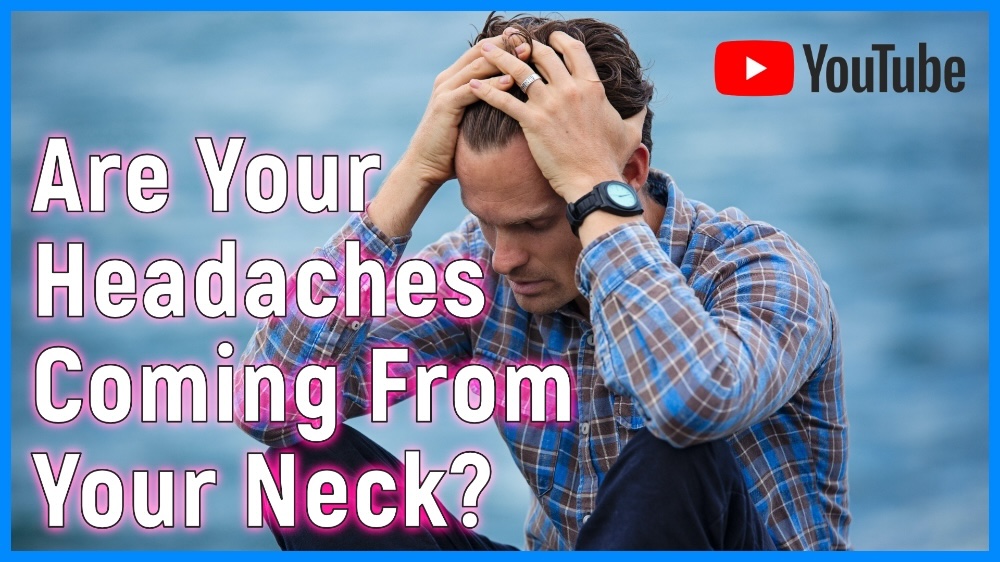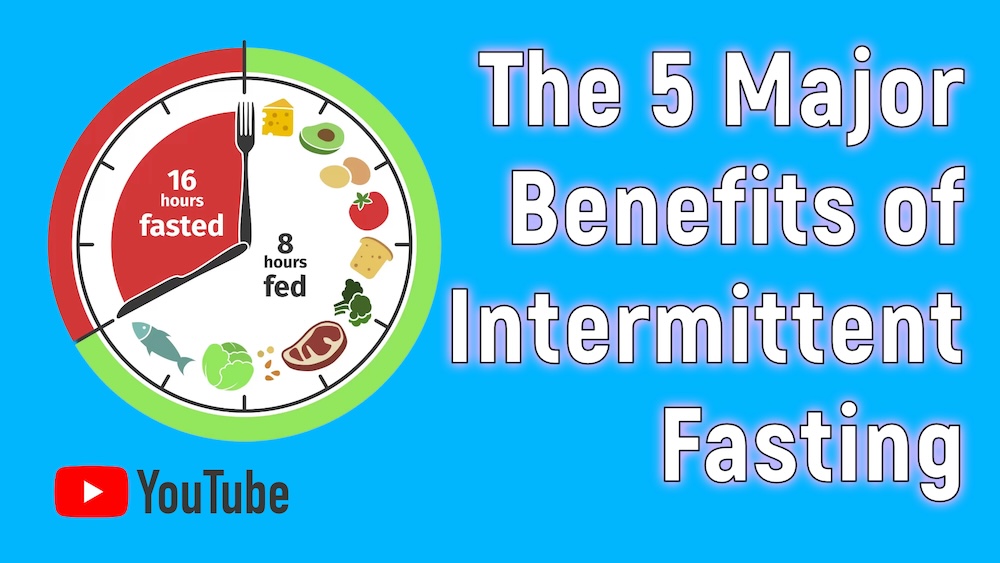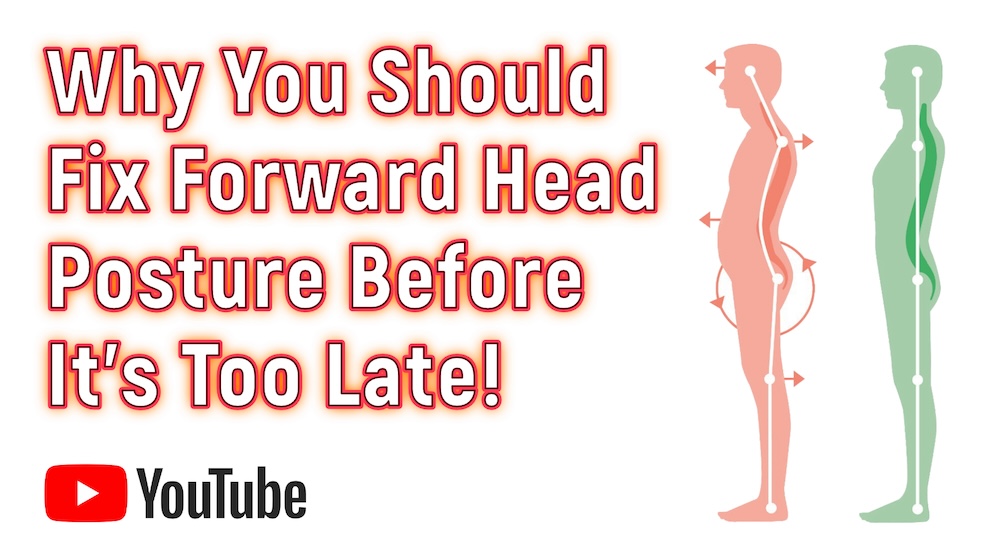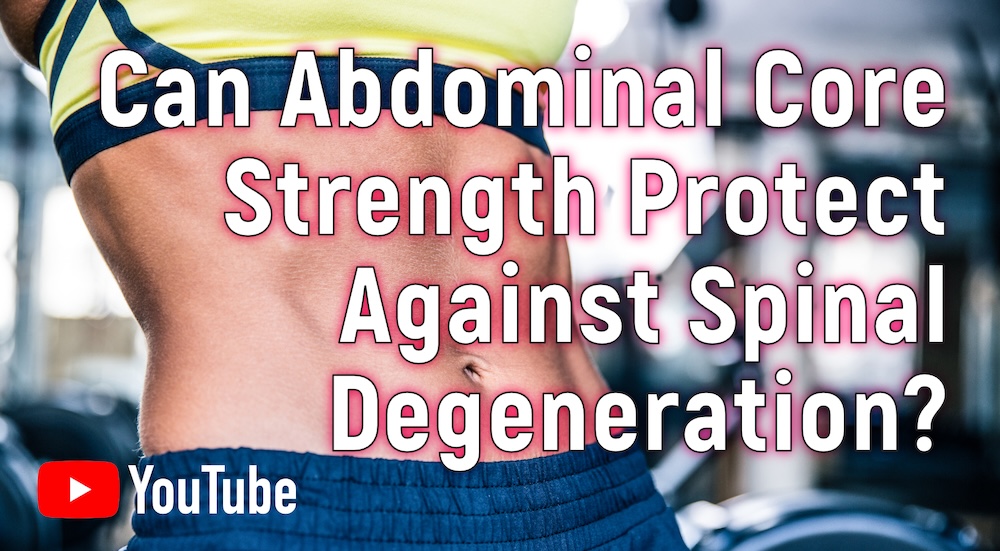Find out about the most common type of Headache. Headaches as a result of tight neck muscles, old injuries, muscle tension, fixation and alignment issues, and how to correct and alleviate Cervicogenic Headaches (CGH).
00:00 – Introduction to Cervicogenic Headaches
00:47 – Symptoms
01:51 – Causes
03:33 – Solutions
Causes/Etiology:
Cervicogenic Headaches are a referred pain pattern that arises from the irritation of upper cervical spinal structures innervated by spinal nerves of C1-C3. These structures, the joints, ligaments, tendons and muscles that are innervated by the C1, C2 and C3 spinal nerves are thought to be the source for a cervicogenic headache.
In addition, the lower cervical spine can play an indirect role in referred pain production if loss of normal range of motion is present, but there is currently no clinical evidence of a direct referral pattern. The cervical facet joints of C2 and C3 have been shown to be the most common sources of Cervicogenic pain especially in patients with a history of whiplash or other significant neck trauma.
Common Symptoms:
- Unilateral dominant headache (Can be bilateral and mimic migraine headaches)
- The headache pain is often described as non-pulsating, dull, tightening, or pressing
- Pain is exacerbated by neck movement or chronic poor posture
- Tenderness of the upper 3 cervical spine joints on palpation
- CGH patients tend to have increased tightness and trigger points in sternocleidomastoid, levator scapulae, scalenes, upper trapezius, and suboccipital extensors
- Weakness in the deep neck flexors is common
Possible Treatment Options:
- Chiropractic Manipulative Therapy (CMT) and therapeutic Range of Motion mobilization
- Physical Therapy Modalities as an adjunct to CMT
- Stretching and active exercise programs to support other therapies.
- Manual Trigger Point Therapy or Trigger Point injections
- Identify and eliminate Mechanism of Injury if chronic or episodic
- Posture re-education
- Ergonomic Evaluation for work, home, and sleep habits
Follow us on Social Media:
Instagram: https://www.instagram.com/drlarinde/
Youtube: https://www.youtube.com/@drlarinde
About Dr. Mark Larinde, DC:
Dr. Larinde, a 1996 graduate of Los Angeles College of Chiropractic, specializes in Nutrition, Injury Prevention & Rehabilitation, and works with patients in his office to make a full and long lasting recovery.
Disclaimer:
Dr. Mark Larinde received his Doctor of Chiropractic degree from Los Angles College of Chiropractic in 1996. His use of “doctor” or “Dr.” in relation to himself solely refers to that degree. Dr. Larinde is a licensed chiropractor in California and practices Chiropractic at the Center for Health and Longevity in Santa Monica California. This video is for general informational purposes only and should not be used to self-diagnose and it is not a substitute for a medical exam, cure, treatment, diagnosis, and prescription or recommendation. It does not create a doctor-patient relationship between Dr. Larinde and you. You should not make any change in your health regimen or diet before first consulting a physician and obtaining a medical exam, diagnosis, and recommendation. Always seek the advice of a physician or other qualified and licensed health provider with any questions you may have regarding a medical condition.

Dr. Mark Larinde, a ’96 graduate of Los Angeles College of Chiropractic, specializing in Injury Rehabilitation and Prevention works with patients to make a full and long lasting recovery




